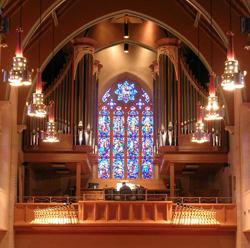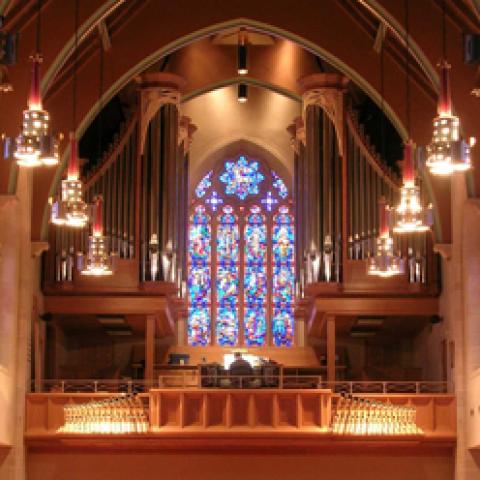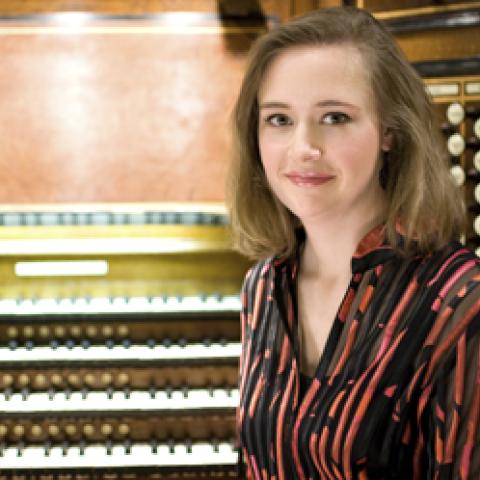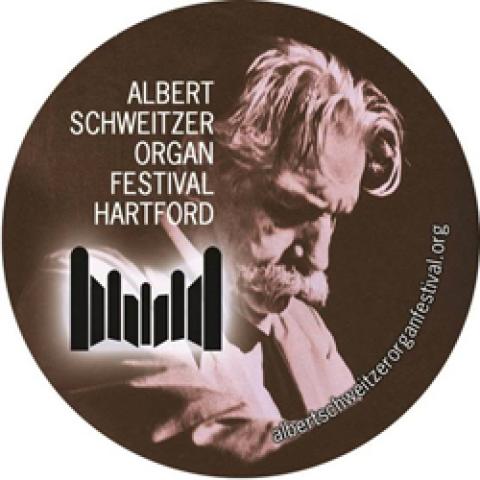
Zion Lutheran Church, Wausau, Wisconsin, presents organ concerts at 3:00 p.m.:
January 29, Irene Beethe;
April 30, Michael Hey;
October 1, Robert Hobby with Michael Costello, hymn commentator, hymn festival celebrating the 500th anniversary of the Reformation.
The church houses a new organ by Kegg Organ Company built in 2009, three manuals, 49 ranks, 2,903 pipes, which was featured on the cover of the January 2011 issue of THE DIAPASON.
For further information: https://zionlutheranwausau.com.







